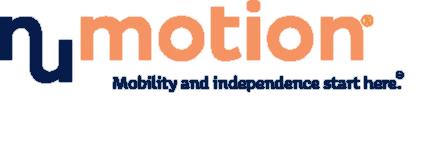Compliant Collaboration: LMN Navigator Steps for Success

The LMN Navigator is a digital platform designed to improve the clinical documentation process by simplifying data entry and form completion. It uses information entered into the system to automatically fill and complete the WMSE form. This tool also facilitates collaboration between clinicians and ATP/suppliers, ensuring that all necessary information is accurately documented and shared efficiently. This streamlined approach helps maintain compliance while supporting a more coordinated workflow.
Pre-Evaluation: Planning
Identify Who will Complete Sections on LMN Navigator
There are several sections in the LMN Navigator that may be deferred to the ATP/Supplier to complete on their own forms or documented in the LMN Navigator. If the ATP/Supplier will be completing any of these sections, unlock or defer those sections at the beginning of the evaluation to allow for point of service and collaborative documentation.
Evaluation
Clearly Define and Communicate Roles:
At the start of the evaluation, both the LCMP and ATP should verbally state their roles and responsibilities to the client.
Conduct a Thorough Clinical Evaluation:
The LCMP should perform a comprehensive clinical evaluation, assessing the client’s functional abilities, mobility limitations, and seating/positioning needs. The LCMP should document these findings in detail to establish the medical necessity for specific equipment features.
Set Goals Specific to Clinical Presentation and Client Specific Need:
The LCMP should select or write goals for the mobility base, seating & positioning components, and all requested options/accessories in accordance to the clinical evaluation and client interview. Clinical documentation should support the documented goals.
Collaborate for Equipment Selection:
The ATP should work closely with the LCMP to provide technical input on equipment options based on the clinical findings and documented goals. This collaboration should focus on selecting equipment that best meets the client’s documented medical and functional needs.
Document Justifications Accurately:
The LCMP should ensure that all clinical justifications for equipment and features are documented clearly and accurately in the LMN Navigator and/or review the completed document if this section has been deferred to the ATP/Supplier prior to signing.
Post Evaluation: Review and Signatures
Review and Sign Off on Documentation:
After the evaluation, the LCMP should review all documentation for accuracy and completeness. Both the LCMP and ATP should verify that the recorded information reflects their respective roles and contributions before signing off on the completed WMSE form.

